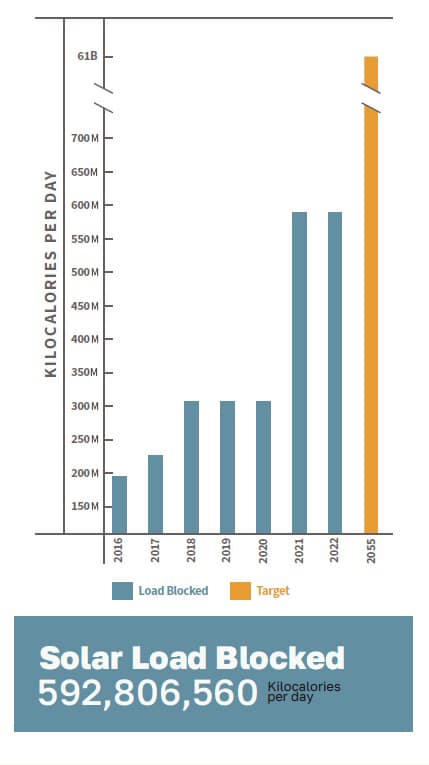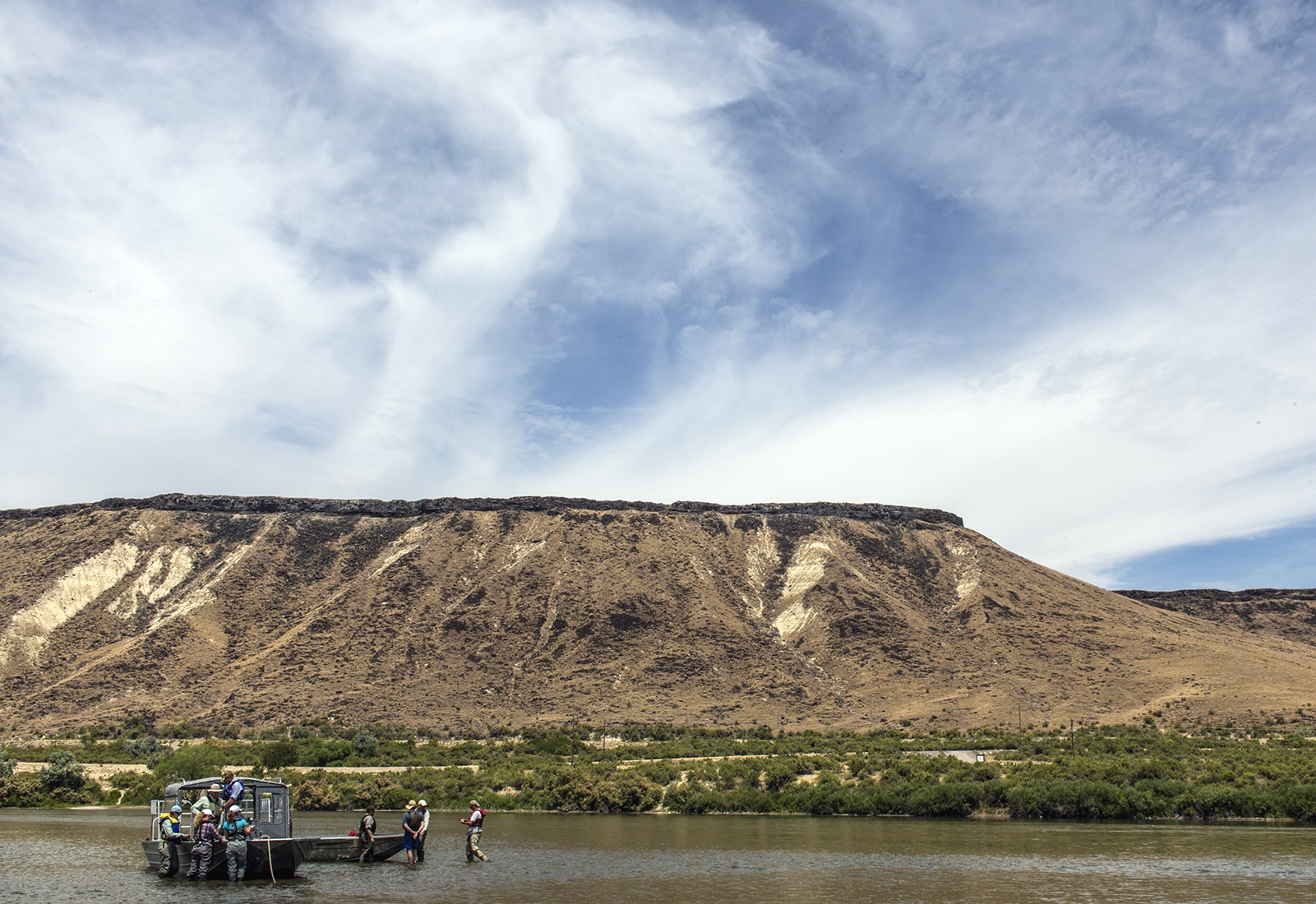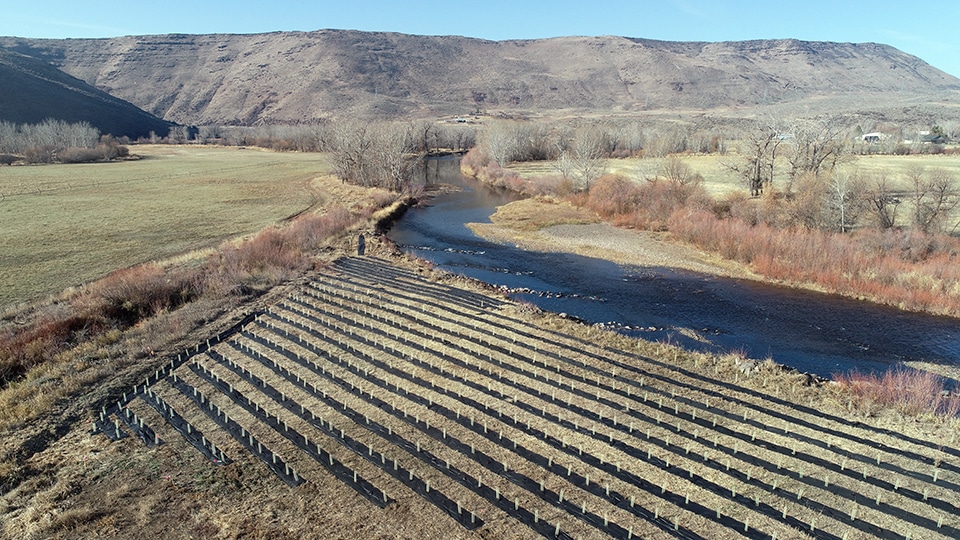The Snake
MISSION OF THE BASIN: Restore the health of the watershed and improve aquatic habitat.
The mighty Snake River flows through Hells Canyon, the deepest river-carved gorge in North America, on the border of Oregon and Idaho. It is home to half of the cold-water habitat for Pacific salmon in the lower 48 states, but water quality issues impact both the ecosystem and human health. When TFT first started working with Idaho Power Company (IPC) in 2014, the utility had withdrawn multiple applications for its hydropower dams in Hells Canyon. With TFT’s help designing a solution, IPC successfully received its Clean Water Act 401 certifications from Idaho and Oregon to implement a $350 million watershed stewardship program that will rehabilitate hundreds of miles of riparian vegetation on tributaries, reshape the mainstem Snake River to better fit its current hydrograph, and avoid significant sediment and nutrient loading from upgraded irrigation infrastructure.
Since 2015, the program has planted 45 streamside acres, enhanced 24 acres of floodplain, and blocked 592 million kilocalories per day, a solid start to pilot projects implemented prior to federal relicensing. In a few decades the program will achieve 61 billion kilocalories in reduced solar load, an important metric for measuring water temperature improvements. Additionally, the program has converted 2,700 acres of flood-irrigated lands to pressurized systems, reducing sediment and phosphorus loads by 2,700 tons and 4,300 pounds per year respectively. These amounts are on target to quadruple by 2050.
One big success can pave the way for additional achievements. In 2023, TFT received $5.6 million from the U.S. EPA to lead a toxics reduction program in the mid-Snake that builds on our work with IPC. TFT will convene multiple funders and implementers to target and install high-impact irrigation upgrades on agricultural fields that reduce sediment, phosphorus and inorganic mercury runoff that fuel dangerous methylmercury production in the Snake River above Hells Canyon.








